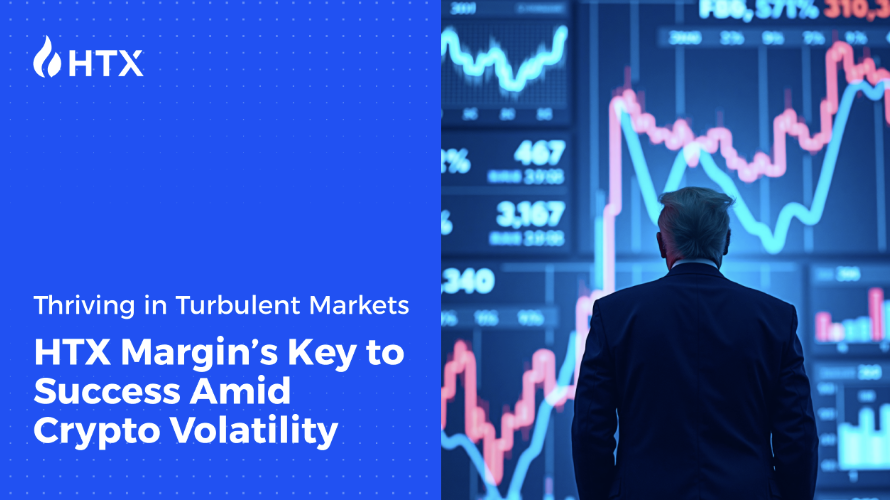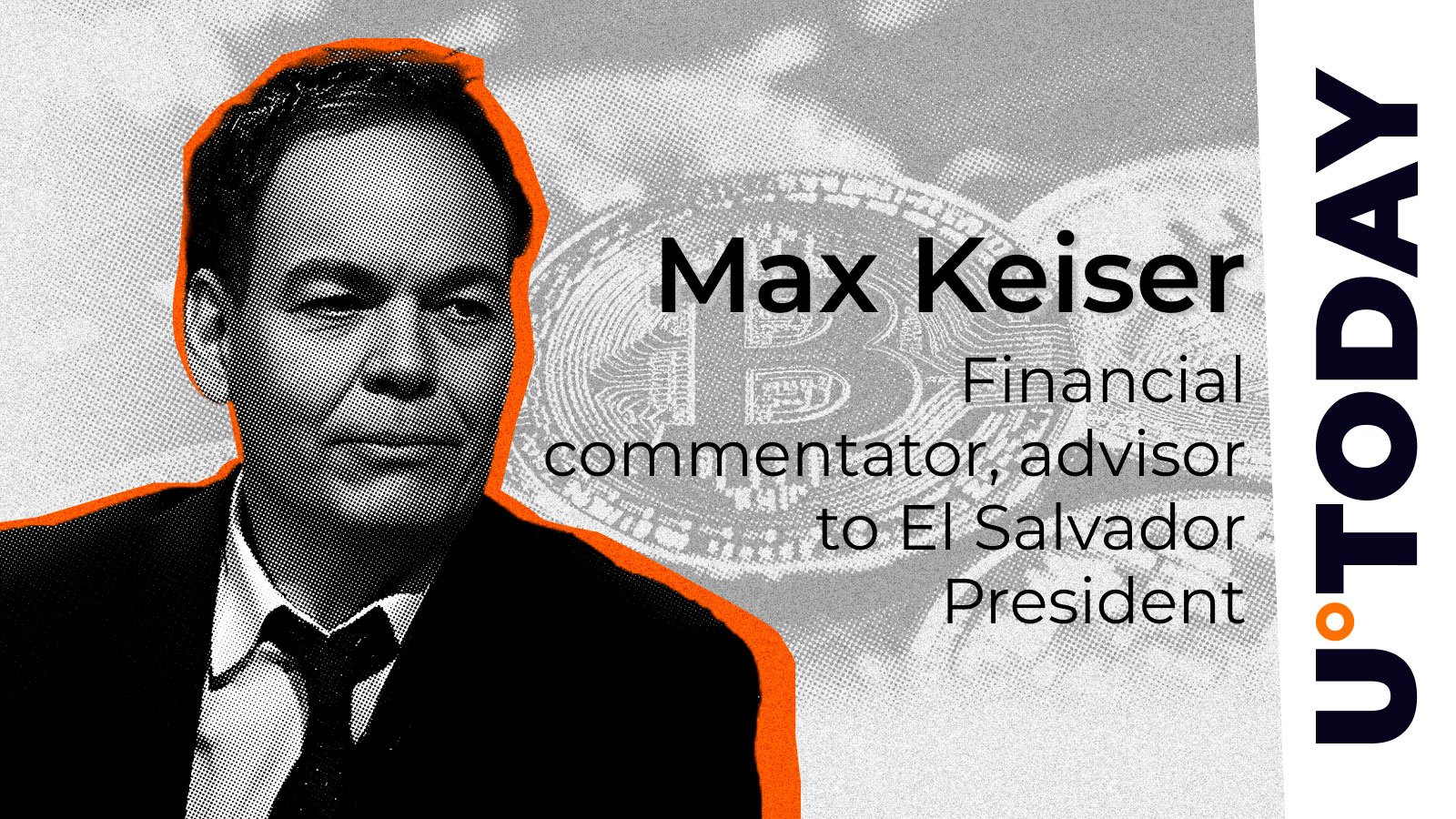Navigating Market Volatility: The Power of Margin Trading
In the dynamic world of financial markets, periods of heightened volatility are a common occurrence. While some investors may choose to adopt a “buy and hold” strategy, others may find that more aggressive approaches are necessary to maximize returns and minimize risks. One such approach is margin trading.
What is Margin Trading?
Margin trading is a type of investment strategy that allows investors to borrow funds from a broker to increase their buying power. By putting up collateral, such as securities or cash, investors can borrow up to a certain percentage of the value of the security they wish to purchase. This means that they can make larger trades than they would be able to with their own capital alone.
Capital Efficiency and Market Fluctuations
The ability to trade with borrowed funds can be particularly useful during periods of market volatility. In such times, prices can fluctuate rapidly, creating opportunities for profit. Margin trading allows investors to take advantage of these price movements without having to put up the full amount of capital for each trade.
For example, suppose an investor believes that the price of a particular stock is about to increase. They can use margin trading to purchase more shares than they would be able to with their own funds. If the price does indeed rise, the investor can sell the shares at a profit, repay the borrowed funds, and keep the difference as profit. Conversely, if the price falls, the investor may incur losses, which they would be responsible for covering.
Risks and Considerations
It’s important to note that margin trading involves significant risks. The borrowed funds must be repaid, along with interest, regardless of the outcome of the trade. If the value of the collateral falls below a certain threshold, the broker may issue a margin call, requiring the investor to deposit additional funds or sell some of their holdings to cover the deficit. Failure to do so can result in the liquidation of the investor’s account.
Additionally, margin trading can lead to emotional decision-making, as investors may feel pressured to make quick trades based on market volatility. This can result in impulsive buying or selling, which may not be in the best interests of the investor.
Impact on Individual Investors
For individual investors, the use of margin trading can offer both opportunities and risks. On the one hand, it can help to amplify gains during periods of market volatility. On the other hand, it can lead to significant losses if the investor is unable to properly manage their borrowed funds.
It’s essential for investors to have a solid understanding of margin trading, including the risks involved and the strategies necessary to minimize those risks. This may involve setting clear risk management guidelines, using stop-loss orders, and maintaining a diversified portfolio.
Impact on the World
At a larger scale, the use of margin trading can have significant impacts on financial markets and the global economy. During periods of market volatility, large institutional investors may use margin trading to amplify their trading positions, which can lead to increased price movements and heightened market uncertainty.
Moreover, the use of margin trading can contribute to financial crises. For example, the 2008 financial crisis was in part driven by the widespread use of mortgage-backed securities and leverage by financial institutions. As housing prices fell, these institutions were unable to meet their margin calls, leading to a wave of defaults and a global financial meltdown.
Conclusion
In conclusion, margin trading can be a powerful tool for individual investors seeking to navigate periods of market volatility. By allowing investors to borrow funds and trade with greater buying power, it can help to amplify gains and minimize risks. However, it’s essential for investors to understand the risks involved and to manage their borrowed funds carefully. Additionally, the use of margin trading at a larger scale can have significant impacts on financial markets and the global economy.
- Margin trading allows investors to borrow funds to increase buying power
- Can be particularly useful during periods of market volatility
- Involves significant risks, including the need to repay borrowed funds with interest
- Can lead to emotional decision-making and impulsive trading
- Can have significant impacts on financial markets and the global economy





